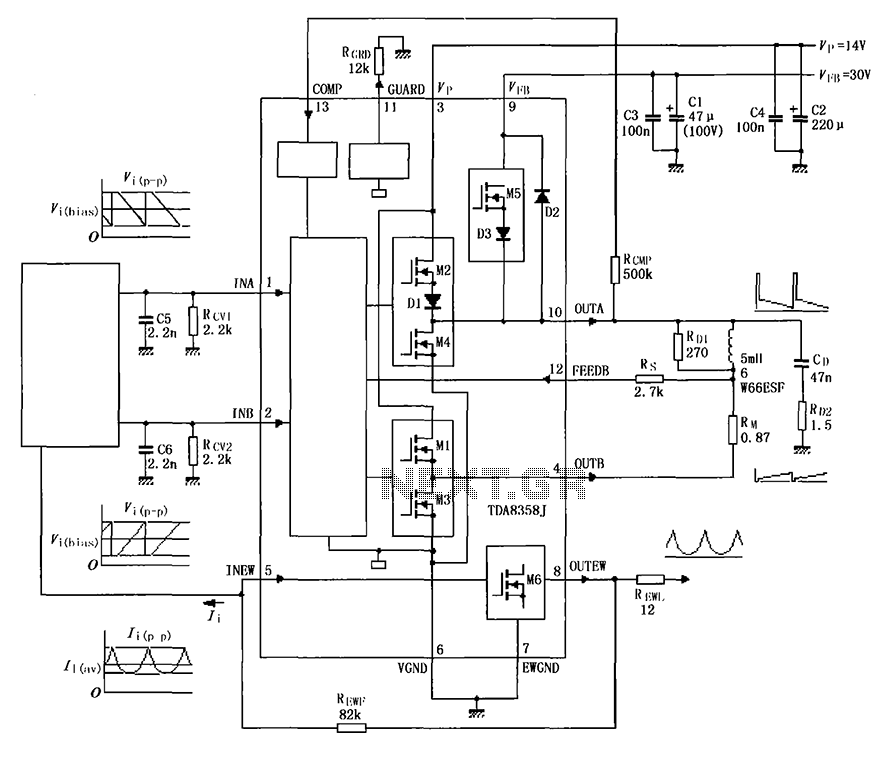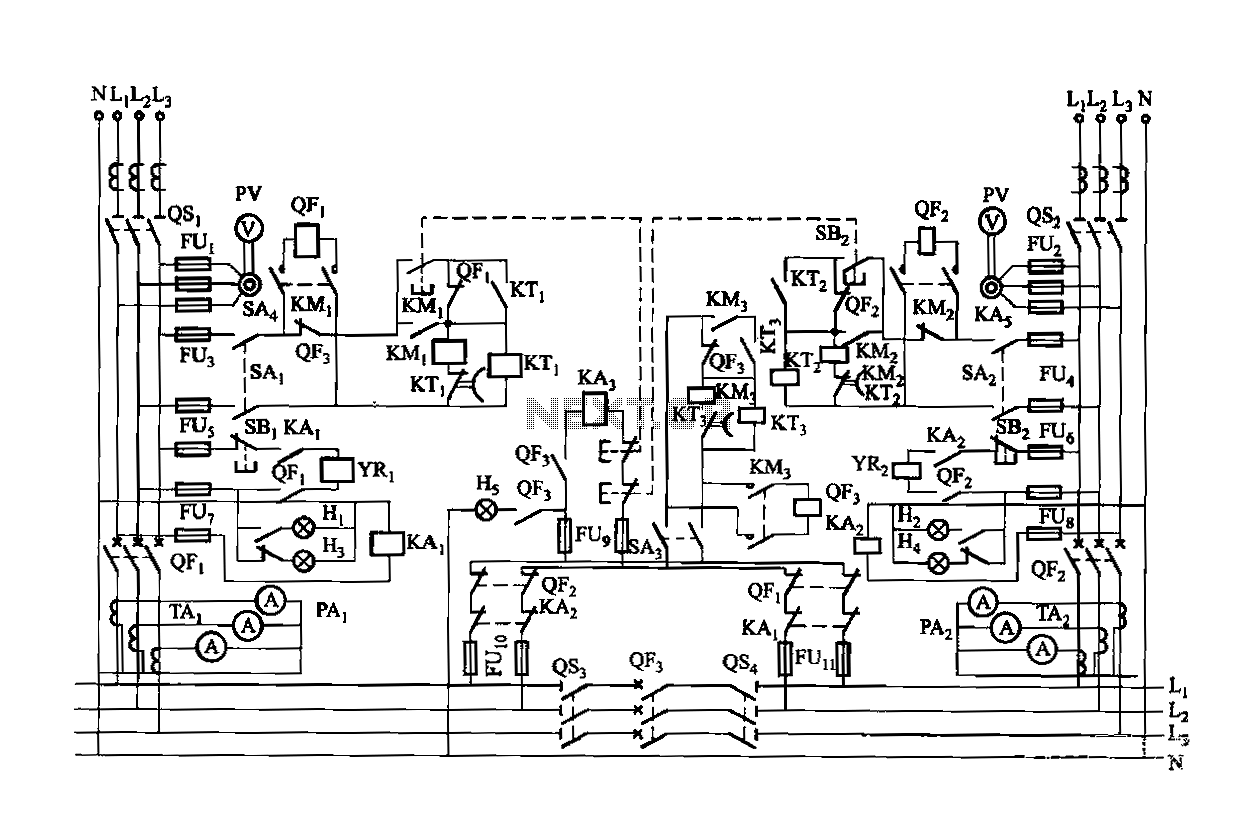
Capacitance Meter Circuit

The circuit diagram of a simple capacitance meter is presented here. The primary component of this circuit is the frequency-to-voltage converter.
The simple capacitance meter circuit utilizes a frequency-to-voltage converter as its central element to measure capacitance values. This circuit typically operates by applying an AC signal across the capacitor under test, which causes the capacitor to charge and discharge. The frequency of the output signal generated by the circuit is inversely proportional to the capacitance value.
In this configuration, a known resistor is used in conjunction with the capacitor to form an RC timing circuit. The charging and discharging times of the capacitor are converted into a corresponding voltage level by the frequency-to-voltage converter. This voltage can then be displayed on a digital voltmeter or an analog meter, providing a direct reading of the capacitance value.
Key components of the circuit may include an operational amplifier configured as a comparator, a microcontroller for processing the output signal, and a display unit for reading the results. Power supply considerations are also crucial, as the circuit must maintain stable operation across varying conditions.
Calibration of the capacitance meter is essential to ensure accuracy, often requiring reference capacitors of known values to adjust the output readings. Overall, this simple capacitance meter circuit design enables effective measurement of capacitor values in various electronic applications.The circuit diagram of simple capacitance meter has been published here. The core part of this circuit is the frequency to voltage. 🔗 External reference
The simple capacitance meter circuit utilizes a frequency-to-voltage converter as its central element to measure capacitance values. This circuit typically operates by applying an AC signal across the capacitor under test, which causes the capacitor to charge and discharge. The frequency of the output signal generated by the circuit is inversely proportional to the capacitance value.
In this configuration, a known resistor is used in conjunction with the capacitor to form an RC timing circuit. The charging and discharging times of the capacitor are converted into a corresponding voltage level by the frequency-to-voltage converter. This voltage can then be displayed on a digital voltmeter or an analog meter, providing a direct reading of the capacitance value.
Key components of the circuit may include an operational amplifier configured as a comparator, a microcontroller for processing the output signal, and a display unit for reading the results. Power supply considerations are also crucial, as the circuit must maintain stable operation across varying conditions.
Calibration of the capacitance meter is essential to ensure accuracy, often requiring reference capacitors of known values to adjust the output readings. Overall, this simple capacitance meter circuit design enables effective measurement of capacitor values in various electronic applications.The circuit diagram of simple capacitance meter has been published here. The core part of this circuit is the frequency to voltage. 🔗 External reference




